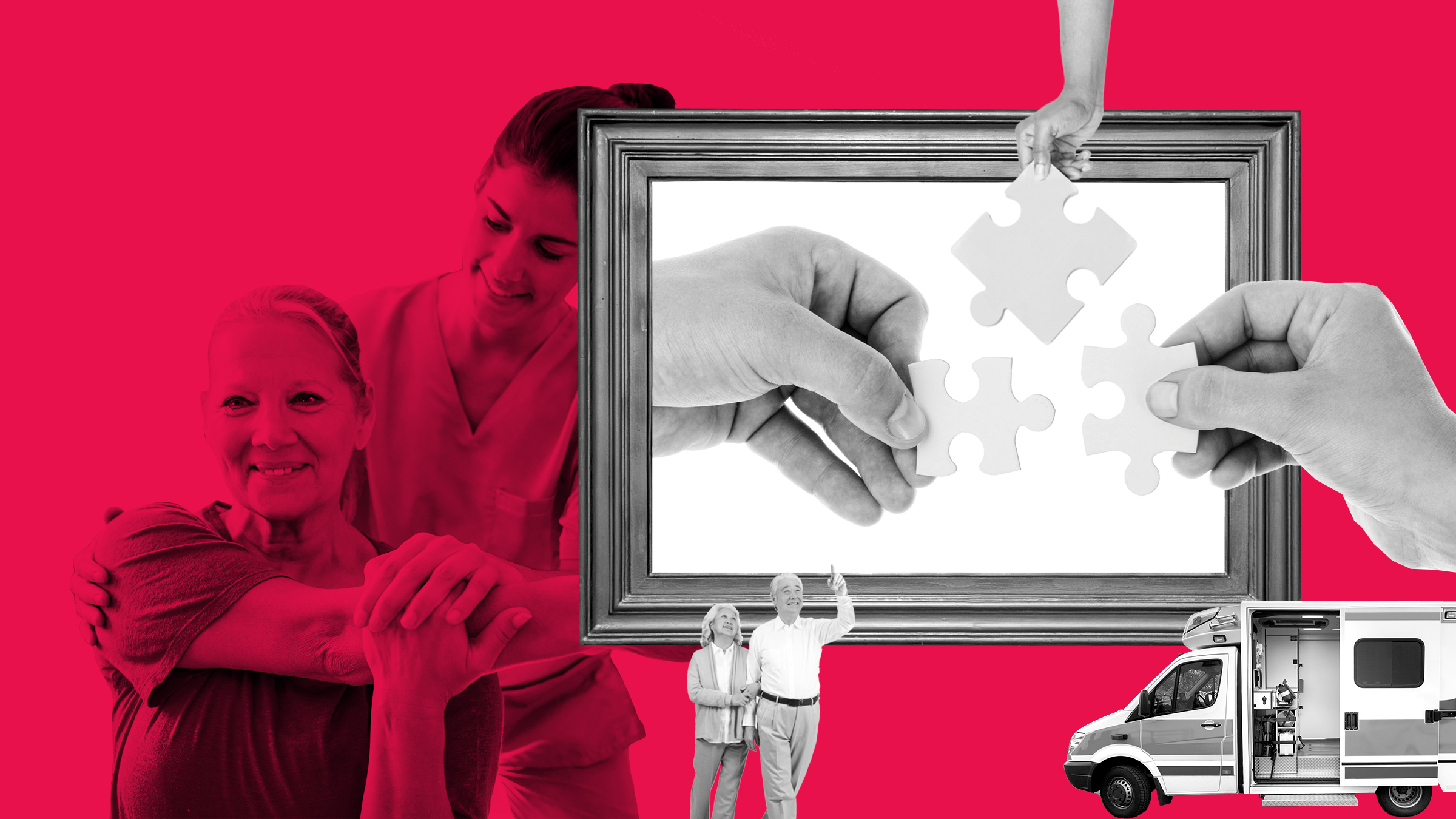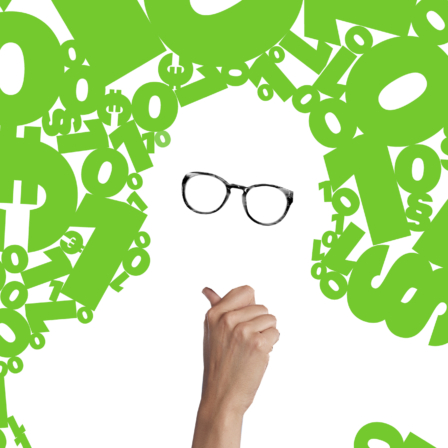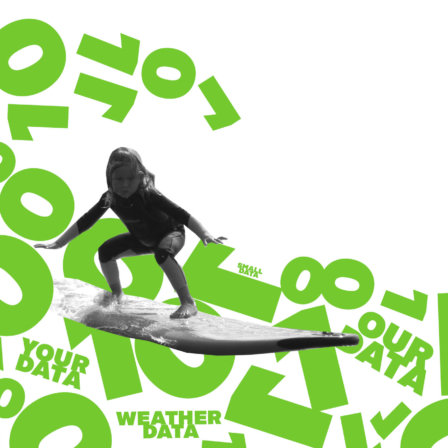The network model familiar to other fields has been applied to the treatment of patients with cardiac failure in the Tampere region and the operations of the Tesoma well-being centre. The goal was to streamline the patient’s journey along the treatment path, while developing practical tools for network co-operation and the leadership of a multi-agency organisation. The network model has been developed from the alliance model and customised to well-being services.
In the future, social welfare and healthcare services will be provided through even closer co-operation between the public, private and third sectors. “This will require a new kind of leadership and expertise and new operating models, such as hybrid or network co-operation models,” says Kimmo Haahkola, Leading Specialist at Sitra.
The network-based operating model is suitable for co-operation that requires complex and multi-agency expertise. Co-operation is based on contracts. From the contracting parties, the network model requires seamless co-operation, jointly agreed goals and transparent operations. This will mean the overall benefits are achieved. The network challenges the traditional management system of services: the objective is to simultaneously deliver satisfied customers and social welfare and healthcare services that have an impact.
In a network-based operating model, everyone is pulling in the same direction.
From the perspective of the patient and payer, the management of complex treatment entities is essential when individual measures are compiled together to create an effective treatment path. Individual measures are not key in these, as each part of the treatment path must focus on the overall effectiveness. The patient’s experience of changes in their well-being is essential.
Treatment paths have been developed for years, but in practice the plans are rarely realised. This is the case in the Tampere region where there are close to 5,000 patients suffering from cardiac failure. In emergency situations when time is short, it is not always possible for first responders to administer the recommended treatment procedures, health centres and emergency departments in hospitals do not have information about the patient’s medical history and appropriate treatment needs, and, in the worst case, treatment is delayed unnecessarily.
“The new network models offer the organiser of social welfare and healthcare services value-based project tools. Network models also complement the organiser’s expertise, especially in the organisation of complex treatment paths, effectively and cost-efficiently and above all in the best interests of the customer,” says Taru Kuosmanen, Executive Director of the well-being service area for the City of Tampere.
In an ongoing project, Tampere is still experimenting with how network-based operating models can integrate fragmented care/the care field for the benefit of the patient and treatments. The Tesoma well-being centre will soon celebrate one year of operations. In the area of heart disease, the centre is moving from the development stage to the implementation stage.
The network-based operating model, contract models and case descriptions are collected together in the Parempia palveluita verkostomalleilla – Sote-järjestäjän työkalut publication (Sitra report 143, PDF, link in Finnish). The report is published by Aki Haukilahti, EVP and CFO of Tampere Heart Hospital.
The project is part of Sitra’s Capacity for renewal theme, which has the goal of developing tools and operating models for the management of the social welfare and healthcare service network.

















Recommended
Have some more.